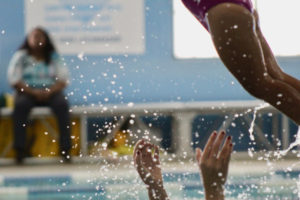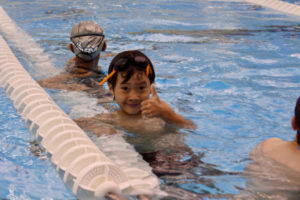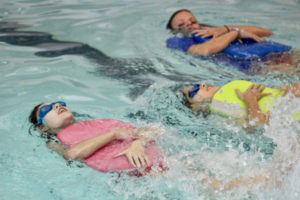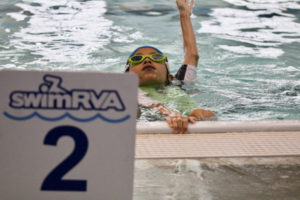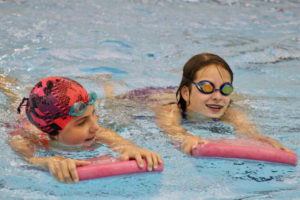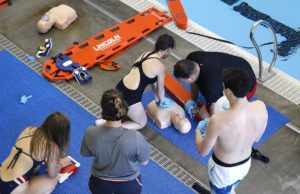Author: Benjamin Harrell
An average of 10 people drown in the United States every single day, but not every drowning looks the same. Sometimes people will thrash and yell like in the movies. Other times people can slip below the water surface without making a sound!
There are many types of drowning that everyone should be aware of. Below is a list of 5 types of drowning so that you can be on the lookout while you’re out by the water.
Wet Drowning
When people mention a drowning incident happen, wet drowning is what people are usually referring. Liquid floods the lungs and causes damage to lining. The swimmer isn’t able to take in oxygen and, without proper aid, can drown
Dry Drowning
Dry drowning occurs in a small percentage of drownings. The larynx can block anything from getting into the lungs, including Oxygen. Theories on the presence of this include the throat closing before water enters; causing asphyxiation. Another theory suggests the heart suddenly stops and and goes into cardiac arrest.
Active Drowning
The splashy, loud, attention grabbing situation that most people recognize in the moment. Active drowning is the response someone has when they recognize there is a chance they could drown. Adults and older children are usually able to detect their danger beforehand, and have the ability to attempt to stay above the water while still drawing attention to themselves.
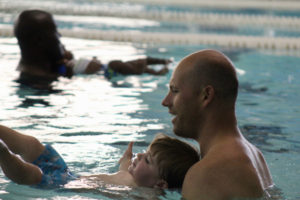
Passive Drowning
Contrary to popular belief, drowning is oftentimes a silent event. Passive drowning occurs when someone submerges and is unable to resurface. It usually occurs to small children due to lack of knowledge or physical ability to make it back to the surface.
Secondary Drowning
This is one that most people are unaware of. If you have had a near drowning experience where you inhaled even just a small about of water, you are at risk. That small amount of water damages the lining of your lungs causing inflammation, loss of oxygen being processed, fluids filling the lungs, and even death. Secondary drowning could occur hours and days after the near drowning incident, so victims should have their vitals checked as soon as possible no matter how they feel.
___________________________________________________________________________________________________________
Ways to Prevent Drowning
___________________________________________________________________________________________________________
Learn to Swim
Learning how to swim is a potentially life-saving skill for both you and those around you.
A 2014 survey conducted by the American Red Cross revealed only four in ten parents of children ages 4-17 report that their child can perform all five basic swimming skills, but about nine out of ten say that their child is likely to participate in water activities during the year!
Read more about how long it takes to learn to swim look for programs with certified swim coaches
Do Not Swim Alone
Drowning can happen in the blink of an eye! Always supervise children when by water. Always swim with a buddy and let someone on shore know where you will be swimming and, when possible, only swim in areas supervised by trained lifeguards.
Prepare Beforehand
When it comes to safety, a good habit to incorporate is “stay ready so you won’t have to get ready.” Some general rules to follow include bringing a life-jacket for everyone, keep barriers around water when not in use (when applicable), and stay in the area that matches your swimming ability.
See how to remain water-safe in specific situations:
Follow us for the latest! #SwimForIt!
The Mission of SwimRVA is to elevate swimming in the Richmond region making water safety and aquatic fitness more accessible to all. We promise to serve as a catalyst for regional aquatics and community-wide focus on water safety, health and fitness, sports tourism, and competitive aquatics. Donate today to help support our mission
